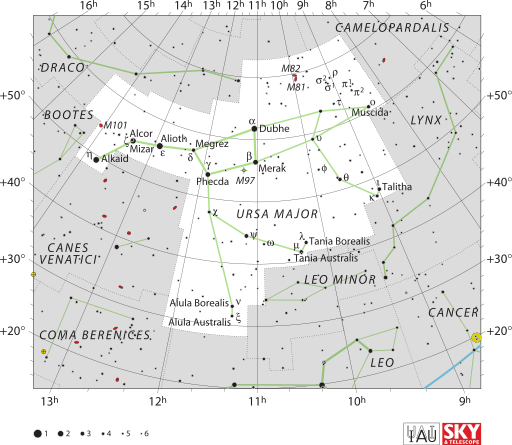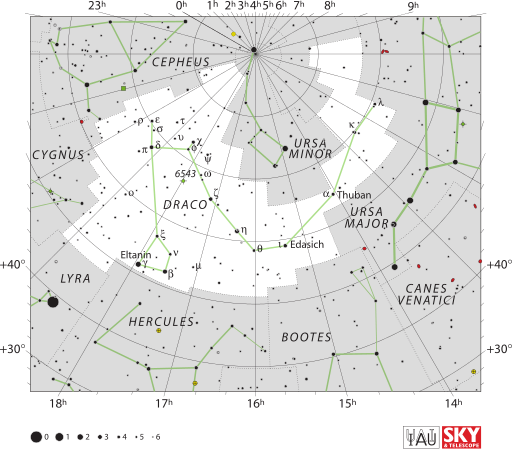Last night Alejandro Sanchez de Miguel and I made measurements of sky brightness as we drove from Berlin to an area close to lake Müritz in the German state of Mecklenburg-Vorpommern. That region has one of the most pristine night skies in all of Germany, and we had a beautiful view of the Milky Way:
 |
| Milky Way over Müritzsee by Alejandro Sanchez de Miguel is licensed under a Creative Commons Attribution 3.0 Unported License. |
The area (particularly Nationalpark Müritz) could surely become a Dark Sky Park or Dark Sky Reserve in the future. It would without question make Silver grade, and I think it would have an excellent chance of obtaining Gold. Other than occasional cars (see below), there were no sources of glare whatsoever, and we happened to be sitting just off of the highway. We weren't even actually anywhere near the Nationalpark itself, so I'm sure that you could find far better locations than where we happened to stop to take pictures:
 |
| Light pollution researchers in the office, Christopher Kyba (left) Alejandro Sanchez de Miguel (right). |
Light domes were confided to very close to the Horizon. Here is the light dome from Berlin, 100 km away:
 |
| Light dome of Berlin from 100 km by Alejandro Sanchez de Miguel is licensed under a Creative Commons Attribution 3.0 Unported License. |
Here are the light domes from Malchow (left power pole, 22 km away) and Röbel (center pole, 5 km away). The two blue beams from Malchow are presumably from a church with badly installed floodlighting, and even after seeing the photo we still couldn't see them with the naked eye.
 |
| Minor light domes near Müritzsee by Alejandro Sanchez de Miguel is licensed under a Creative Commons Attribution 3.0 Unported License. |
We would have liked to explore the area further, but the moon rose, making further observations pointless and forcing us to head back to Berlin:
 |
| Moonrise over Nationalpark Müritz by Alejandro Sanchez de Miguel is licensed under a Creative Commons Attribution 3.0 Unported License. |
We measured 21.4 mag/arcsec2 with a Sky Quality Meter (with the Milky Way at zenith) which means that the top of the sky in the area is nearly free of artificial light. If anyone from Mecklenburg-Vorpommern is reading this blog: Everyone knows how beautiful Müritz is in the daytime, now it's time to let people around the world know what a beautiful night sky you have!






















